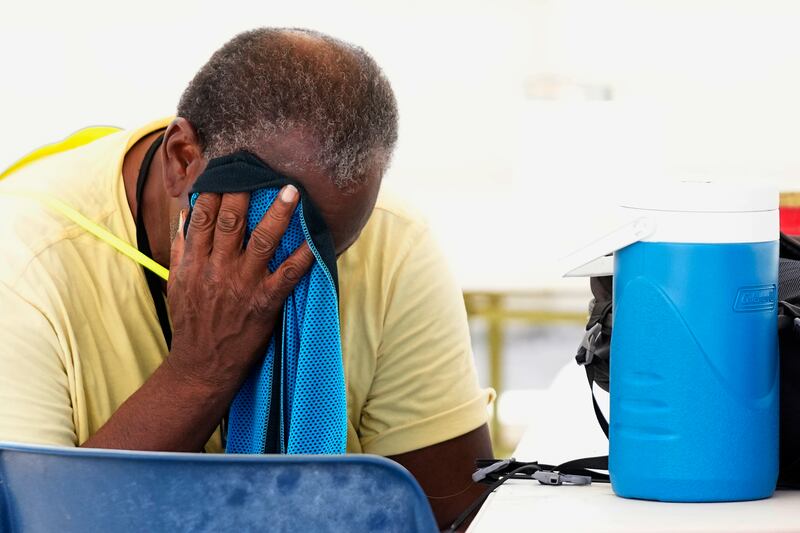The Deseret News has frequently reported this summer on the near-record-breaking heat waves baking the nation.
“Almost 70% of Americans are expected to experience temperatures of 90 degrees or above over the next week,” with high temperatures expected in Arizona (110 degrees), Nevada (117 degrees) and California (130 degrees), according to the Deseret News.
Staying prepared against heat sickness can help you stay safe while still having fun in the sun.
The University of Iowa said heat stress is when the body can’t get rid of excess heat and can lead to many heat-related sicknesses.
Here are some heat illnesses to be on the lookout for this summer.
What is heat stroke?
Heat stroke is the most serious heat illness, according to the U.S. Centers for Disease Control and Prevention. It happens when the body can’t regulate its temperature.
“When heat stroke occurs, the body temperature can rise to 106°F or higher within 10 to 15 minutes” and can cause permanent damage without quick emergency treatment, the CDC said.
The Mayo Clinic said heat stroke is brought on by “prolonged exposure to or physical exertion in high temperatures.” Symptoms of heat stroke include:
- Rapid heart rate.
- Rapid breathing.
- Nausea and vomiting.
- Headache.
When heat stroke occurs, the clinic said to call 911, get the person indoors or into shade, remove excess clothing and use whatever means possible — like putting the individual in a tub of cool water, spraying him with a garden hose or sponging the person with cool water — to lower temperature while waiting for professional help.
What is heat exhaustion?
Heat exhaustion happens when the body lacks water and salt in extreme heat, without proper fluid and salt replacement, and it can progress to a heat stroke, according to Johns Hopkins Medicine.
The website lists symptoms of heat exhaustion, including:
- Pale, moist skin.
- Diarrhea.
- Fatigue.
- Anxiety and faint feeling.
If someone is experiencing heat exhaustion, the CDC said to move them to a cooler area, have them drink water and place a cool, wet cloth on them.
If their symptoms worsen, last longer than an hour or if they’re throwing up, the CDC advises to get medical help right away.
What are heat cramps?
Heat cramps are a sign of heat exhaustion and happen when your body “loses important nutrients when you sweat, which can cause painful muscle tightening,” according to the Cleveland Clinic.
Heat cramps may occur in any area of your body — including your abdomen, shoulders or areas like your hands and feet — and resting or stretching while drinking clear juice or an electrolyte-containing sports drink can help treat them, the Mayo Clinic said.


